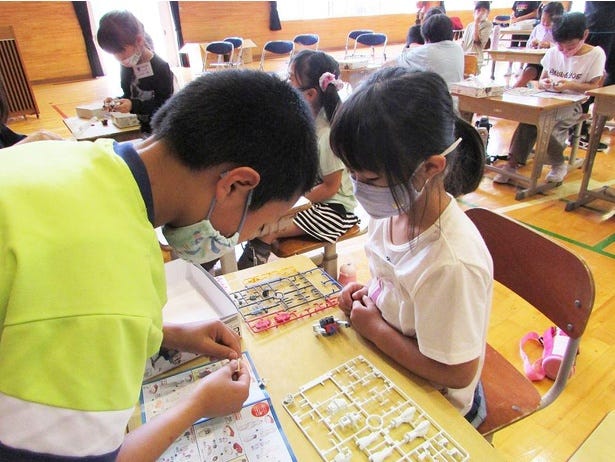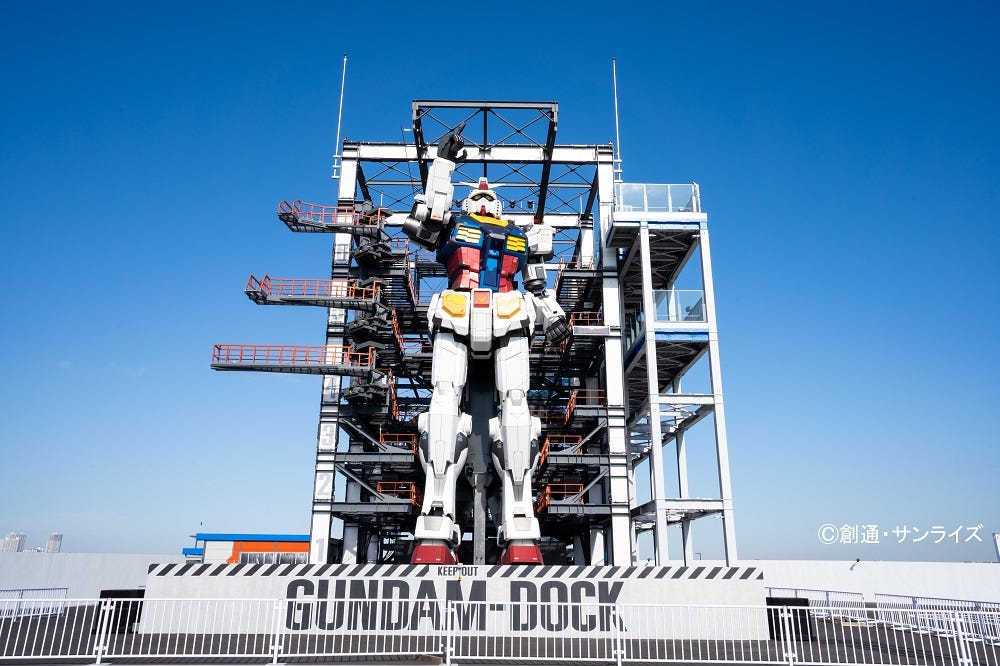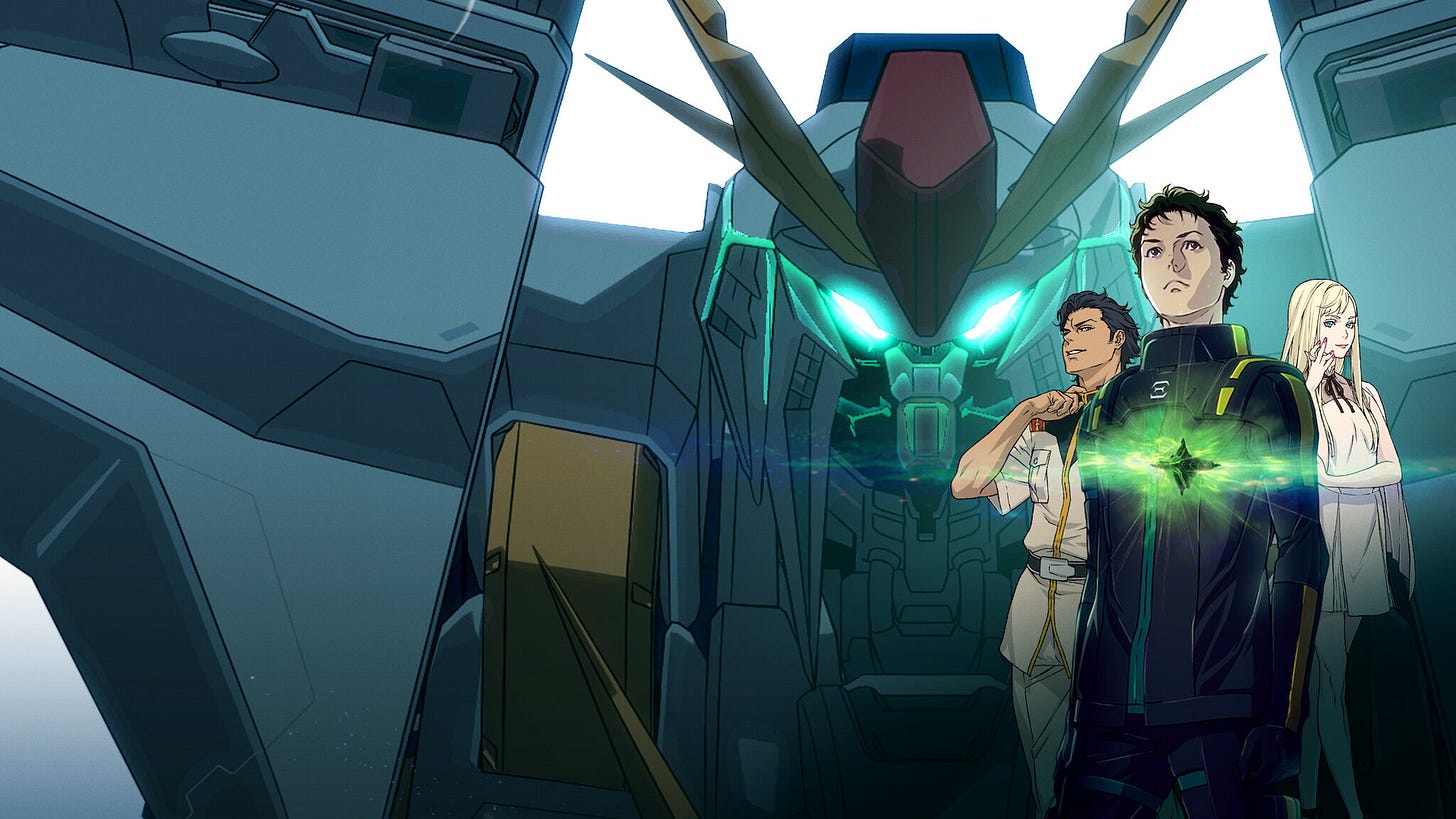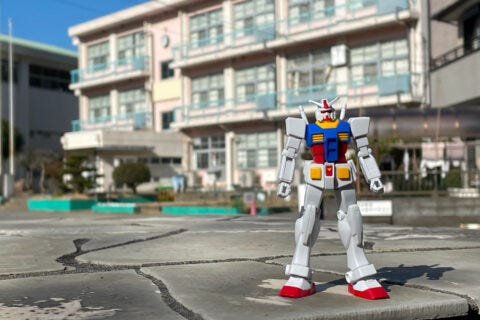Gundam Anime and Bandai Are Turning Fiction Into Real Change in Japan
Japanese pop culture news edited by Patrick Macias
Bandai Namco launches a sustainability initiative inspired by Mobile Suit Gundam
The project uses Gundam's global appeal to address issues like overpopulation and environmental damage
Education programs and open innovation campaigns aim to involve fans and children alikE
In April 2021, Bandai Namco Group launched the Gundam Project to evolve its character-based IP strategy. As part of this initiative, the company introduced “GUNDAM UNIVERSAL CENTURY DEVELOPMENT ACTION” (GUDA), a sustainability program using Gundam as a tool to tackle pressing global issues. Chief Gundam Officer Takafumi Fujiwara spoke about GUDA and its mission to prepare for the “real Universal Century” envisioned in the anime.
Gundam Becomes a Tool for Social Impact
“Gundam is more than just fiction,” said Fujiwara. “It reflects serious topics like population growth and environmental decline, which are becoming more relevant as humanity looks to space.” GUDA partners with fans and collaborators, known as G-PARTNERS, to build a better future through Gundam-inspired action, bridging fiction with reality.
The first phase of GUDA launched in April 2021 with the Gunpla Recycling Project. Using plastic runners left over from model kit assembly, Bandai Namco developed eco-friendly products known as EcoPla. This collaboration between four group companies and fans promotes sustainable practices rooted in creativity and shared enthusiasm.
The next step is “Gundam Open Innovation,” which invites fans and companies worldwide to submit sustainability-focused ideas. “We want to gather new technologies and solutions that align with the Gundam universe’s vision of the future,” Fujiwara said. Chosen proposals will receive full support from Bandai Namco to bring them to life.
Gundam as a Shared Language Across Borders
With a global fanbase and decades of success, Gundam has become a common language that connects people across cultures. “Many of our best initiatives were made possible by our fans,” Fujiwara noted. “Gundam lets us work together to solve real-world problems as partners.”
A standout example is GUNDAM FACTORY YOKOHAMA, home to the life-sized moving Gundam. The project drew engineers not through financial incentives, but through passion for the franchise. “Even when faced with technical hurdles, engineers kept going because they loved Gundam. That passion becomes a powerful shared language,” said Fujiwara.
What Is the ‘Real Universal Century’?
The idea of a Universal Century comes from the original 1979 Mobile Suit Gundam anime series, which imagined space colonization as a response to overpopulation. Today, that theme resonates more than ever. GUDA encourages fans and experts to redefine those fictional issues in a modern context, using Gundam’s world to generate real-world innovation.
In Mobile Suit Gundam: Hathaway’s Flash, themes like terrorism, environmental damage, and overpopulation feel eerily contemporary. “These issues are no longer just science fiction,” Fujiwara said. He believes that creative designs, like a realistic space pilot suit, can emerge from fusing real needs with Gundam’s speculative vision.
Teaching Kids to Build With Their Hands
Bandai Namco is also investing in future generations through Gunpla Academia, a classroom program offering hands-on model building to late elementary school students. “Kids today have fewer opportunities to create things manually,” said Fujiwara. The initiative promotes craftsmanship and self-expression using free kits and video instruction.
In June, a trial class was held at Kinugawa Elementary School in Tochigi Prefecture. Students watched factory footage and built Gunpla kits during a live session with the Bandai Hobby Center. Teachers noted the students’ enthusiasm and unique responses compared to normal lessons, sparking new interest in making things.








